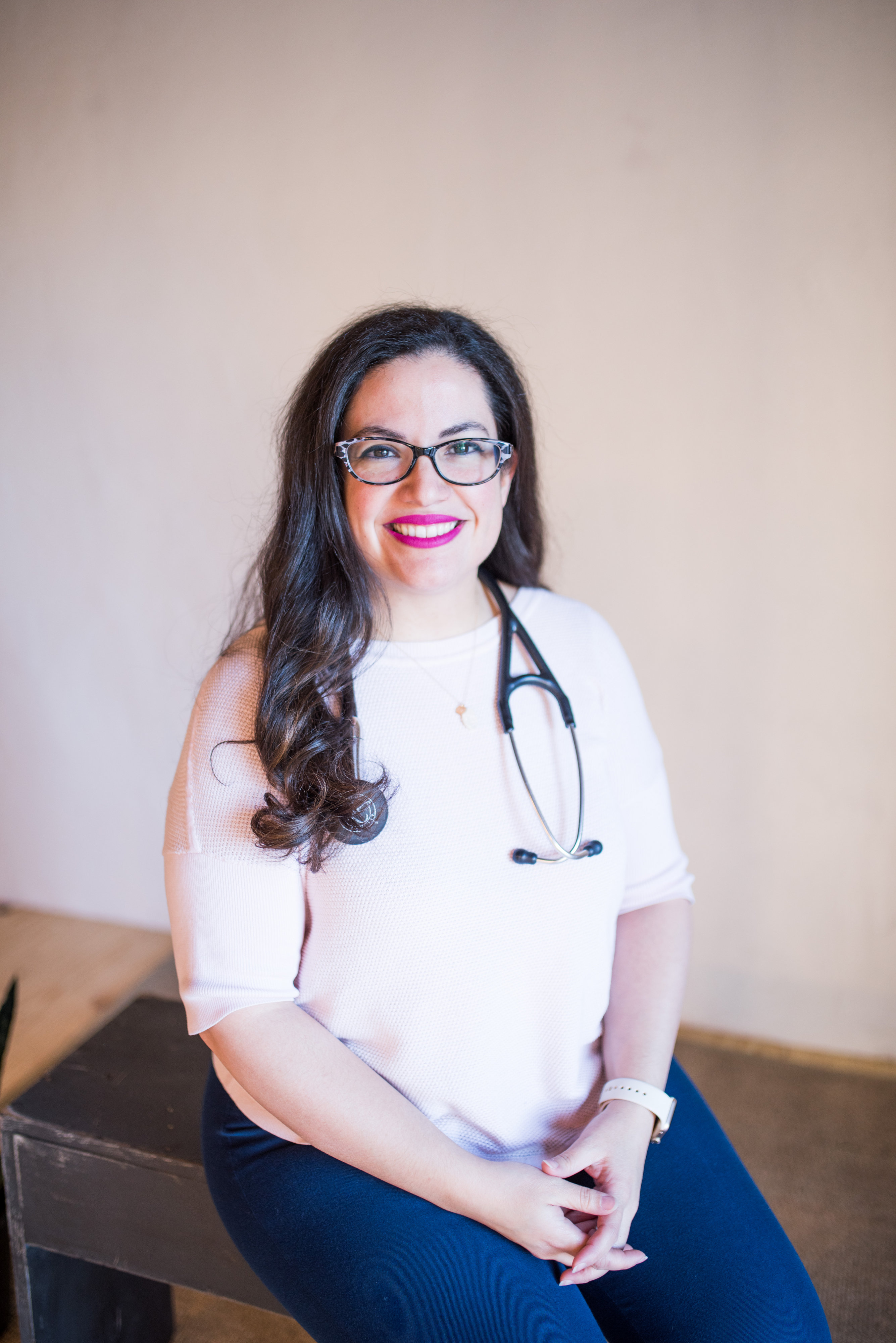COVID-19: Prevention and Testing
- Kissi Rosabel Blackwell, MD

- Jul 8, 2020
- 4 min read
As you all know, Wichita Falls and Texas as a whole has seen a dramatic spike in COVID-19 cases, so I think it’s a good time to talk about prevention of severe disease, testing, and what it all means.
Let’s start with prevention, because I think this is one of the most important things we should talk about in the face of the fact that we are all likely going to be exposed at one point or another, since we really have not contained this virus.
The CDC publishes this graph showing what underlying disease are seen most often in hospitalized patients.

What is interesting to note here is that the most common underlying diseases we see in COVID-19 patients who are hospitalized all lie in the spectrum of metabolic syndrome, namely, obesity, diabetes/prediabetes, hypertension, and cardiovascular disease. Understanding that these diseases all stem from excess insulin in the body means that we can make our bodies metabolically healthy by simply changing the diet. If our bodies have better metabolic health (lowered inflammation, reversal of diabetes, lower blood pressure, and improved cardiovascular health), then if (and perhaps, when) we do get COVID-19, we will have a better chance of having less severe disease and not end up hospitalized.
So how should we be eating? Very simply, we should be eating real and fresh foods and staying away from processed carbohydrates and sugars. We recommend a low carbohydrate and high fat diet to help reverse metabolic diseases like the ones mentioned above, and by watching the timing of meals (eating 2 meals per day with no snacks and keeping a 6-8 hour eating window). We have helped 11 patients completely stop insulin and have improved cholesterol, hypertension, and reversed diabetes in many others. THIS is how we prevent severe COVID-19 illness, and I invite you to take a hard look at your diet when considering prevention.
This is not to say that there are not other underlying conditions that can cause problems, such as asthma, COPD, kidney disease, and immune compromised states, but you can see from the graph above that the metabolic disease far outweigh the others. The good news is that we can do something about it!

Now, let’s talk about tesing for COVID-19 because there is a lot of confusion and misundrestanding. There are two different types of testing. We have the typical nasopharyngeal (NP) swab that is an RT-PCR test, where they find the viral RNA in the sample and are able to amplify it, and the antibody test which finds out whether you have potential neutralizing antibodies circulating from recent or past disease.
The RT-PCR test is the gold standard for finding acute disease. When you feel sick, this is the test we use. Currently the NP swabs have been found to be about 70% accurate in finding the disease, which means that up to 30% of the time, you may have a negative test and still have the disease. This means we cannot completely rule out COVID-19 with one NP swab. For this reason, we try to wait for testing until you are 3-5 days into the disease to try to allow the viral load to build so we can detect it. The potential for a false negative test also goes up if you are not having symptoms and have not been exposed, because the pretest probability is low. (Sorry, I know, statistics is boring).
The antibody testing is done after 7-14 days to see if circulating antibodies to SARS-CoV-2 (virus that causes COVID-19) are present. If you do this test too soon before antibodies are formed, you may get a false negative. The other problem is that the accuracy of this test relies heavily on the prevalence of disease in the population. Most of these tests report a 96.5% positive predictive value (positive test is actually positive) assuming that we have 5% prevalence in the population. Currenlty our prevalence in Wichita County is 0.38% (512 cases/132,000 population x 100). This means that the accuracy of this test is nowwhere near as accurate as 96.5%. Potentially, we could flip a coin and have the same odds of getting an accurate test. (Sorry, I know, more statistics).
So now let’s say you have a positive antibody test. What does this mean? Unfortunately, not much. It’s nice to have from a scientific perspective when we collect lots of data, but for you as an individual, it means less. Why? Well at this point, we have no idea whether the antibodies actually provide immunity (we assume they do), for how long (some have found antibodies waning at 2-3 months), nor what level of antibody you need to be immune (titer). We also don’t know if what we are testing is specific to SARS-CoV-2 as there could be some potential cross-reactivity with other coronavirus antibodies that cause the common cold. The good news is that antibodies are not the only way we fight off disease. Without getting too technical, we do think there is some cellular and innate immunity that may play a large role, which we cannot easily test for. It appears that since there is cross reactivity with other coronaviruses, people with immunity to these viruses might also have some natural immunity to SARS-CoV-2, which would explain why we have a lot of asymptomatic disease (people infected without symptoms).
Whew! If you have stuck with me so far, I’m impressed!
All this being said, if you are going to get tested, you should really have a PCP you trust to be able to extrapolate all the statistical data and tell you what your risk may be and what the current recommendations are. This is all new to all of us so there are bound to be some mistakes and some adjustments in guidelines. Try to be patient and find a doctor you trust!
Kissi Blackwell, MD





Comments